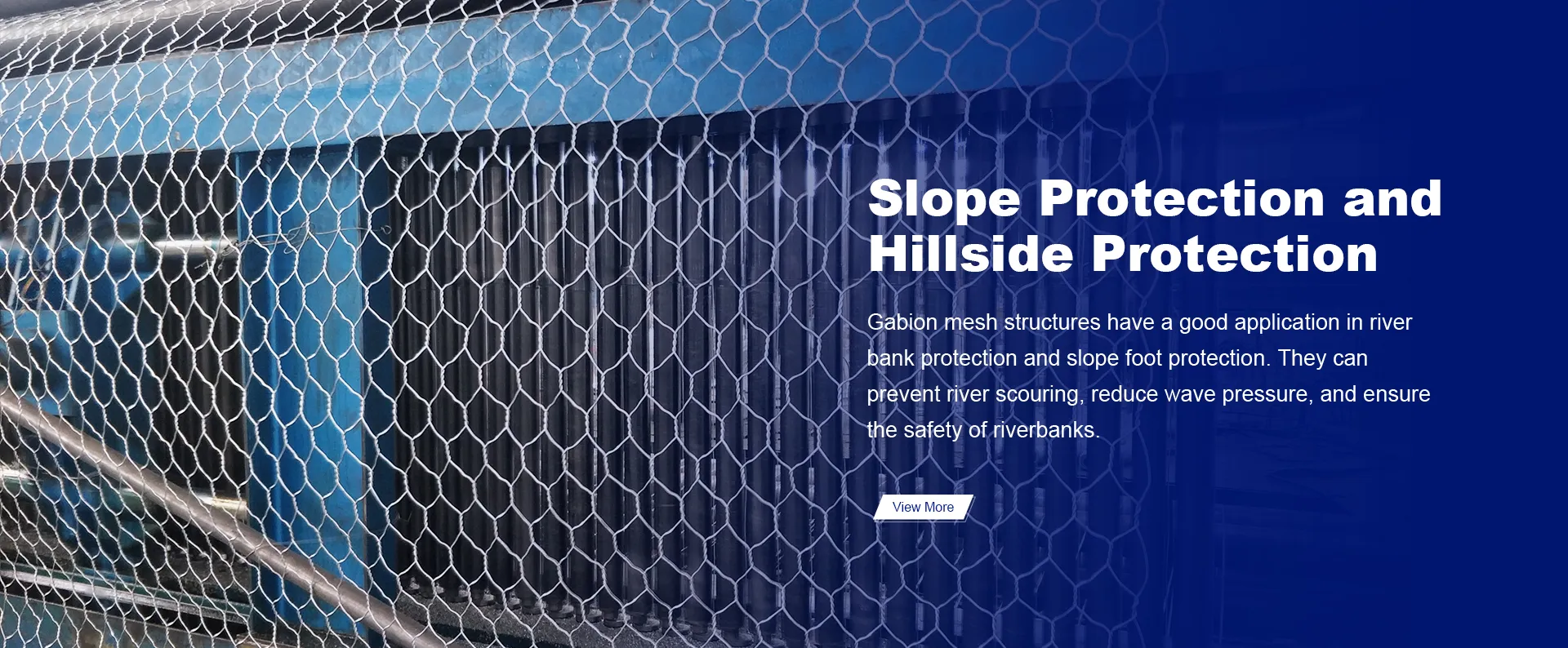-
 Phone:
Phone: -
 Email:
Email:

Durable Metal Baling Wire for Efficient Waste Management and Recycling Solutions
The Importance of Metal Baling Wire in Recycling and Waste Management
As the world grapples with increasing waste production and environmental concerns, efficient waste management and recycling processes become paramount. Within this context, metal baling wire plays a crucial role. This essential material helps streamline recycling operations, promotes sustainability, and supports a circular economy by facilitating the compacting and transport of metal scrap.
What is Metal Baling Wire?
Metal baling wire is a specialized type of wire used in the recycling industry, particularly for the compaction and baling of scrap metals. It is typically made from high-strength steel or high tensile wire, designed to hold heavy metal bales together securely. These bales can include a variety of metals, such as aluminum, copper, and steel, which, once compacted, become much easier to transport and process. The use of baling wire not only optimizes space during storage and transportation but also enhances the efficiency of recycling operations.
Benefits of Metal Baling Wire
One of the primary advantages of metal baling wire is its strength. High-quality baling wire can withstand the weight and pressure of densely packed metal bales without breaking or deforming. This durability ensures that the bales remain intact during handling and transportation, minimizing the risk of spillage and loss of materials. This reliability is crucial for recycling facilities that deal with large volumes of metal waste.
Another significant benefit is the economic aspect. By utilizing metal baling wire, recycling companies can significantly reduce their transport costs. Baled metals occupy less space than loose scrap, allowing for more efficient loading and unloading. This increased efficiency translates into cost savings, making the overall recycling process more economically viable.
Environmentally, metal baling wire contributes to sustainability efforts by facilitating the recycling process. The recycling of metals conserves natural resources, as it requires less energy and reduces emissions compared to extracting and processing raw materials. By using baling wire to compact and transport metals, recycling facilities enhance their ability to recycle these materials, thereby promoting a more sustainable approach to waste management.
metal baling wire

The Baling Process
The process of baling metal scrap involves several steps, where the baling wire plays a central role. Initially, scrap metals are collected and transported to recycling facilities. Once there, the metals are sorted based on type and grade. After sorting, the metals are fed into a baling machine, where they are compacted into dense bales. During this process, metal baling wire is threaded around the bales and tightened to hold them securely.
Once the bales are formed, they are often tied with multiple strands of baling wire to ensure stability. This multi-strand approach further reinforces the bales, making them safe for handling and shipment.
Choosing the Right Metal Baling Wire
When selecting metal baling wire, it’s essential for recycling companies to consider various factors, including wire gauge, tensile strength, and corrosion resistance. The right choice of wire can significantly impact the efficiency and safety of the baling process. Manufacturers often provide specifications for their wires, helping businesses make informed decisions based on their specific needs.
Conclusion
In conclusion, metal baling wire serves as a vital component in the recycling industry, streamlining processes, enhancing efficiency, and promoting sustainability. As the world continues to face challenges related to waste and resource management, the importance of effective recycling solutions, including the use of metal baling wire, cannot be overstated. Investing in high-quality baling wire is not just a choice; it is an essential step toward achieving a more sustainable future. By supporting recycling efforts, we can all contribute to a healthier planet and a more responsible use of our resources.
-
Wire Mesh for Every Need: A Practical SolutionNewsJul.25,2025
-
Steel Fences: Durable, Secure, and Stylish OptionsNewsJul.25,2025
-
Roll Top Fencing: A Smart Solution for Safety and SecurityNewsJul.25,2025
-
Cattle Farm Fencing Solutions for Maximum SecurityNewsJul.25,2025
-
Affordable Iron Binding Wire SolutionsNewsJul.25,2025
-
Affordable Galvanized Wire SolutionsNewsJul.25,2025
-
Wire Hanger Recycling IdeasNewsJul.25,2025








